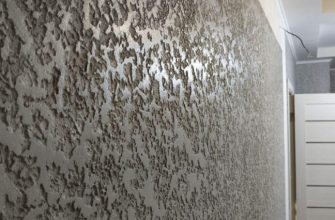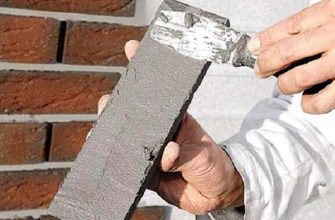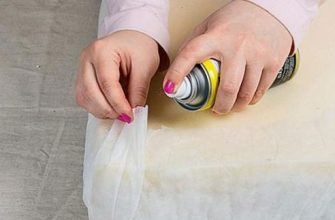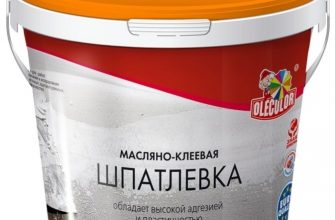The load-bearing corrugated board is used for roof coverings with increased load, flat roofing, fixed formwork, overlapping. Professional sheet H57 is notable for its affordable price, its popularity is explained by positive technical characteristics and the choice. Sheets are produced with different colors, type of coating, sheet width. They order the length required for a specific construction case.
Scope of H57 corrugated board

A durable profiled sheet with a wave height of 57 mm is considered universal and of high quality. Its high load-bearing capacity allows it to be used in conditions where other brands would not be able to work. Decorative textures and patterns allow the use of sheets in the ensembles of the design landscape.
Scope of use of the H57 brand:
- creation of panel reinforcement for reinforced concrete and concrete floors;
- device of a flat roof with increased effort from the weight of the snow, running load of people;
- production of interfloor composite slabs with installation as a ceiling;
- installation of the base under a soft flat roof with high rigidity to strengthen the structure and reduce weight;
- the device of stiffening diaphragms for metal structures with some limitation in terms of tensile strength;
- arrangement of the roof of residential buildings and recreation areas;
- production of metal frame buildings in the form of pavilions, residential blocks, and other architectural forms.
When using the material as a roofing, wood is saved, since the pitch of the lathing elements increases, taking into account the structural load.
Profiled sheeting H57 without a polymer layer is used in a non-aggressive environment, in other cases the profile must have a decorative and protective coating.
Production technology and painting
The production of a profiled sheet includes the following stages:
- applying a zinc layer to a sheet of ferrous metal to increase corrosion resistance;
- passivation of galvanized metal with an oxide film;
- surface primer to increase the adhesion of subsequent polymer films;
- overlay of a polymer layer of the required thickness, varnishing;
- applying a surface protective film.
Passivation (cathodic or anodic) implies obtaining a phase film on the sheet area during the interaction of zinc with melts. This barrier prevents or stops corrosion. On the outside, layers from 25 to 200 µm thick are used. In thicker ones, they provide decorative embossing according to the pattern of wood, stone. The inside is treated with special varnishes.
Flat sheets of material H57 are painted using the automatic coil rolling method. Galvanized steel is continuously rolled on rollers for painting, decorative finishing. After such processing, the painted sheets withstand cutting, punching, drawing, stamping and other production deformations.
Automation and proven technology make it possible to speed up processes and eliminate paint loss.As a result, the material becomes available to all consumers, since the price is reduced by 20 - 40%.
Requirements for paints and varnishes:
- fast hardening;
- a high degree of bonding to the metal;
- elasticity, the ability to bend and deform without cracks;
- resistance to pollution;
- resistance to abrasion and scratches.
There is a possibility of double-sided coloring and application of compounds on one side. The line consists of an unwinding device, a tape accumulator, movable rollers, a painting unit, and a drying section. Any of the modern types of coating is applied on the conveyor.
Dimensions and specifications
Sheets are produced in a standard size in accordance with GOST 24.045 - 1994:
- useful width - 750 or 900 mm depending on the brand (H57-750 or H57-900);
- the total width of the workpiece is 801 or 960 mm, respectively;
- manufacturers cut the length in multiples of 0.5 or 1.0 meters, the maximum size is 12 or 14 m;
- the height of the trapezoid at the highest point - 57 mm;
- a classic trapezoidal section is used, there is an additional reinforcement in the form of a groove on the wave crest;
- the material is produced with a thickness of 0.4 to 0.9 mm.
To calculate the usable area, multiply the corresponding width by the length of the strip in the same unit of measurement (mm or m). The weight of the panel is found by multiplying the mass of one running meter by the length of the sheet.
Types of polymeric coatings for corrugated board N

The fragility of galvanized metal is corrected by applying a protective and decorative coating. There are several types of films, which also come in different thicknesses. The processed profiled sheet is distinguished by a higher cost, but such costs are fully paid off during operation.
For the H57 brand, varieties of covering layers are used:
- Acrylic. A commonly used type is a mixture of acrylic chips, synthetic fibers, methacrylic acid. The coating lasts a long time, but the surface layer fades, loses color from the action of the sun (3 - 4 years), peels off. A 25 µm thick acrylic layer is applied as standard. Sheets with acrylic are placed for temporary buildings or utility blocks, for example, a garage, a shed, a shed. It is easy to spoil the acrylic film by pulling through or by improper transportation and installation.
- Polyester. Also applies to budget types of coating with a thickness similar to the previous material (25 microns). Fade resistance is higher, color change can be seen after 20 - 25 years. The polyester film is elastic, easily bends during the production process, but does not work well for abrasion, is afraid of scratches. For cutting, be sure to use a circular saw; it is not recommended to use a grinder.
- Plastisol. Includes PVC particles and modifying additives. The film has a thickness of 200 microns, therefore, a convex embossing is made on the surface of the sheets to match the texture of various natural materials. High degree of protection against harmful environmental factors. In regions with hot climates, plastisol burns out quickly, so light-colored sheets are used there to visually reduce color loss.
- Pural. In the manufacture of acrylic, polyamide is mixed with polyurethane, a durable coating is obtained that works for about 50 years without fading, loss of color, destruction of the surface. The film thickness is typically 50 µm. The layer withstands loads, does not become brittle with temperature drops. A high-quality coating is used in an aggressive environment, it can be used in the chemical industry with the action of acids, alkalis, organics.
The best protection is provided by the film on the H57 profiled sheet made of polydifluorionic acid (PVDF).Protects metal from chemical and mechanical stress. An elastic and durable layer is resistant to ultraviolet light, does not lose the properties declared by the manufacturer for the entire service life. Used on the seashore, where the sun acts, salt in the air. They are used in industrial areas, along highways.
Pros and cons of H57 professional metal
The basis of the material is solid due to its design and wave height. The professional sheet has an acceptable cost, except for certain types. The variety of use cases makes the corrugated board popular, makes it possible to install it in different areas of management.
It is easy to fix the sheets, everyone can mount the roof with their own hands. The material weighs a little, despite the overall configuration, so it is convenient to transport it by transport.
The disadvantages include the high cost of corrugated board coated with polydifluorionate and pural.










